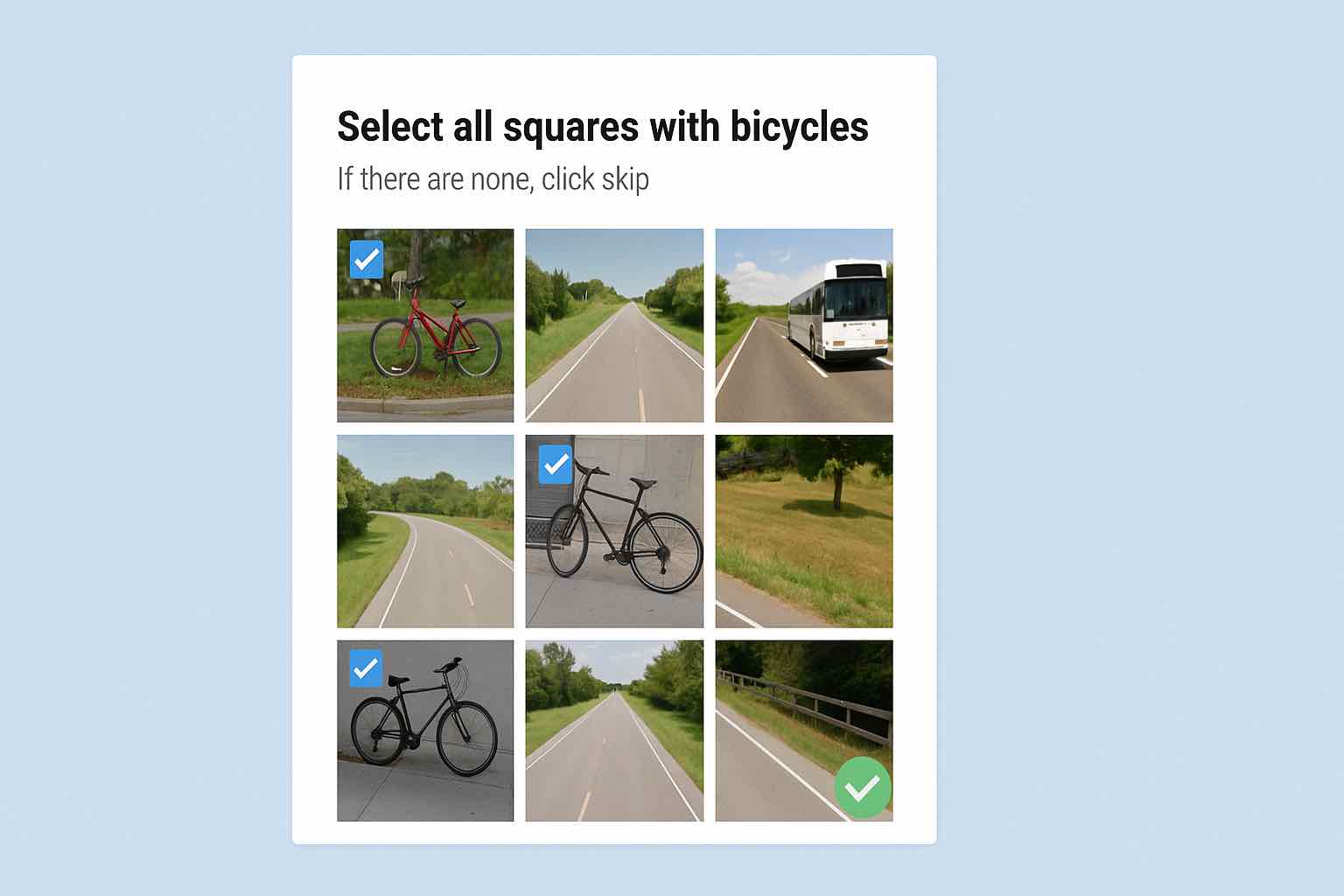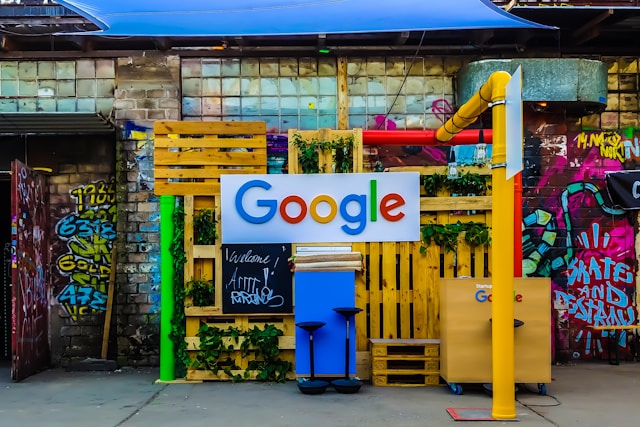A client of Peakhour's recently migrated their site to us from a bot management vendor that used visible CAPTCHAs. After migrating they've noticed double digit year on year growth in revenue and conversions. We'd like to take the credit but a simpler explanation is that our bot management works differently. We use targeted invisible challenges to verify browser environments rather than visible CAPTCHAs. But could it account for such a big difference? I decided to check what the research says!
Visible CAPTCHAs (like image-selection or text puzzles) are a double-edged sword for websites. While they block some bots, they often introduce friction that can hurt user experience, increase bounce rates, and depress conversions. Recent analyses across various providers, including Human (formerly PerimeterX), Google’s reCAPTCHA, Arkose Labs, and others, highlight significant impacts on ecommerce performance and customer behaviour.
Conversion Rate Impacts of Visible CAPTCHAs
Multiple studies and vendor reports show that visible CAPTCHAs can substantially reduce conversion rates. A Stanford University study found that a CAPTCHA challenge can reduce form conversions by up to 40%. In practical terms, this means many users abandon signup or checkout forms when confronted with a CAPTCHA. HUMAN Security researchers similarly found that 40% of real human shoppers have given up on a purchase due to CAPTCHA frustration. For an online retailer, losing up to 40% of potential sales at the final hurdle is a major revenue hit. In fact, Forrester Research reported 19% of consumers have abandoned a website entirely because of encountering a CAPTCHA – underscoring how these challenges can drive users away before conversion.
Even smaller conversion drops can be significant. One bot mitigation firm (Datadome) observed that adding a CAPTCHA to a site led to a 3.2% higher bounce rate and an overall 3–5% drop in conversion. Given that average e-commerce conversion rates are often just 2–3%, losing even a few percent more of customers can materially impact revenue. In industries with thin margins and high customer acquisition costs, no business wants to sacrifice those would-be buyers.
Bounce Rates and User Abandonment
Every extra step in the user journey increases the risk of bounce (users leaving after a single page). CAPTCHAs are a prime culprit. Studies show about 30% of users will leave a site if a CAPTCHA is too complex or cumbersome. Long or indecipherable challenges cause users to give up, raising bounce rates. In one example, shoppers who faced repeated CAPTCHA puzzles during checkout simply exited, contributing to higher cart abandonment and bounce metrics. Even users who intend to buy may get frustrated by being treated like “bots” and decide it’s not worth the hassle.
The user patience threshold is low online. Customers expect instant, seamless transactions – especially on mobile devices. CAPTCHAs slow things down: one analysis noted completing actions on mobile takes 30–40% more time with a CAPTCHA than without. That delay can be deadly for conversion, as hurried mobile users are quick to drop off. As a result, visible CAPTCHAs often correlate with higher bounce rates and shorter time-on-site, indicating users abandoning sessions when challenged. Some reports estimate 20% of users will leave if they encounter difficulties solving a CAPTCHA. This abandonment directly translates to lost sales or sign-ups.
User Experience Friction and Qualitative Insights
From a qualitative perspective, visible CAPTCHAs introduce significant user experience (UX) friction. Usability experts note that CAPTCHAs are often hard to read, carry no real meaning for the user, and feel like an unnecessary test, all of which irritate customers and “kill” conversions. They can be especially off putting to certain user segments, such as older users or those with disabilities. For example, visually impaired users may find image CAPTCHAs nearly impossible to complete, leading to exclusion and site abandonment (W3C Accessibility Guidelines). Legitimate customers often feel inconvenienced or even insulted by being forced to “prove” they are human. As one industry commentator quipped, “Every CAPTCHA is a time tariff imposed on your customers” – it’s a tax on their time and patience, which benefits nobody in terms of sales.
False positives (human users being mistaken for bots) exacerbate this frustration. If a security system is too sensitive and throws frequent CAPTCHAs at real shoppers, it creates friction for no benefit. Users confronted with multiple challenges may think twice about continuing. DataDome’s research notes that excessive CAPTCHA usage causes a suboptimal experience, and customers have “little patience” for such delays. The result can be reputational damage as well – annoyed users might complain publicly, hurting the brand. In short, traditional CAPTCHAs tend to “treat customers like criminals”, which is a recipe for churn
Industry-Specific Observations
The negative effects of visible CAPTCHAs are felt across industries, though some nuances exist:
- Retail & E-Commerce: Online retail (from fashion to electronics) is highly sensitive to checkout friction. Shoppers have many alternatives, so a challenging CAPTCHA can send them to a competitor’s site in seconds. Even a single extra step can hurt sales conversion. E-commerce case studies consistently show that removing CAPTCHAs boosts conversions. Bot solution vendors note that losses from CAPTCHA friction are “especially noticeable in areas such as e-commerce” where even a 3–5% conversion dip means thousands of customers lost.
- Travel & Ticketing: Travel sites (flights, hotels) and ticketing platforms often deploy CAPTCHAs to thwart scalpers and bots (e.g. for popular concert tickets or holiday bookings). While this can protect inventory, it also risks turning away real customers. Travellers shopping around for deals won’t hesitate to bounce if a booking site throws up hurdles – they’ll try another site. Furthermore, travel bookings are often time-sensitive (flash sales, limited seats), so any slowdown from a puzzle challenge can cause users to miss out and blame the site. The challenge for this sector is to weed out bot traffic (which can be a huge share of ticketing traffic) without derailing genuine user transactions. Some travel companies use alternatives like virtual waiting rooms or invisible challenges to reduce user-facing friction. The need for a smooth journey is paramount: industry observers emphasise that travel and hospitality businesses that “remove booking friction” are rewarded with higher conversion and direct revenue, whereas those using blunt CAPTCHA challenges risk higher bounce rates and lost bookings.
- Finance & Banking: Financial services websites (online banking, fintech apps, etc.) deal with sensitive transactions and may introduce verification steps (CAPTCHAs or multi-factor authentication) for security. Interestingly, users in this sector can be slightly more tolerant of friction if it clearly signals security. However, if a bank’s CAPTCHA fails normal users or frequently interrupts login, customers will get frustrated or call support. Financial institutions must balance fraud prevention with a smooth experience – too much friction and users may abandon opening an account or using the service. In fact, the same 40% conversion drop risk applies here: lost applications or completed transactions if security measures are overbearing. Thus, even in finance, the trend is toward smarter, invisible verification methods to minimise extra steps.
- Other Industries: Virtually any consumer-facing online service – from gaming and streaming to government portals – faces the CAPTCHA UX dilemma. Users have come to expect minimal friction. In some niches (e.g. gaming), users are extremely averse to any interruptions in sign-up or sign-in. In others (like online voting or government forms), a CAPTCHA might be more accepted, but still if it fails or confuses users, it can prevent task completion. The overarching theme is that user expectations for convenience are high across the board, and visible CAPTCHAs risk alienating users in any vertical if not handled carefully.
Death of the CAPTCHA
Visible CAPTCHAs are still very widely used, injecting friction at critical moments. We've shown users often abandon sites or carts rather than struggle with puzzles – a loss of sales that can range from a few percent to double digits. This effect is seen broadly, from fashion retail to travel bookings to financial services.
This is all before we even consider the actual effectiveness of visible CAPTCHAs, other studies have shown bots can be MORE effective than humans at solving them.
That's why here at Peakhour we went invisible, and our customers are thanking us.







